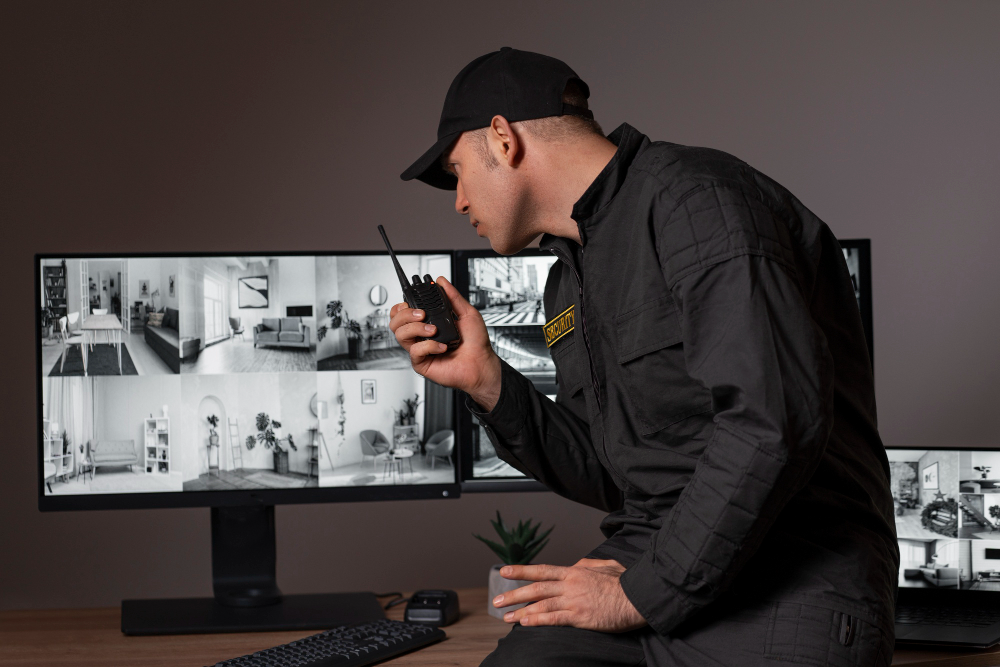
Virtual Events: A Growing Sector

The use of new immersive technologies has made virtual events increasingly frequent, recreating environments that offer an interactive, realistic, and immersive experience. These innovations allow participants to enjoy memorable events without the need to physically gather in one place.
Immersive technologies make active participation possible, rather than limiting people to a passive spectator role. In this sense, virtual events offer a richer and more engaging experience than traditional ones, increasing audience satisfaction.
By removing physical barriers, it's easier to have speakers and participants from anywhere in the world. And being dynamic and visually attractive, these events manage to capture the attention of each individual better.
On the other hand, technological tools enable organizers to collect valuable data and measure real-time participation.
Technology Transforms Events
Immersive technologies provide access to resources that didn’t exist until recently, opening up possibilities for new forms of communication and knowledge exchange.
Virtual event spaces in 3D
With Virtual Reality (VR), participants can enter a personalized three-dimensional environment, such as conference rooms, auditoriums, or exhibition halls, without needing to be physically present.
People can move around the space, interact with other participants or exhibitors through avatars, and even visit booths as if they were at a physical event.
In virtual concerts or cultural events, VR allows users to "sit" in preferred seats or explore exclusive areas from the comfort of their homes.
Augmented Reality (AR)
AR overlays digital information or graphics onto the user’s physical environment, creating an interactive experience. For example, during a corporate event, participants can scan physical products or brochures and view additional content on their mobile devices.
Speakers or exhibitors can use AR to showcase 3D models of products or projects, allowing participants to view them in detail from various angles. Games or challenges can also be incorporated to encourage interaction and keep the audience more engaged.
Mixed Reality (MR)
MR merges elements from both the real and digital worlds in the same space, allowing physical and virtual objects to interact simultaneously. At an event, participants might interact with presenters or products in a physical setting while seeing virtual elements superimposed.
In conferences or seminars, MR facilitates interaction with avatars of other attendees, while allowing people to stay connected through real-time virtual communication tools.
360° Videos
The audience can attend concerts or fairs from an immersive 360° viewpoint, with the freedom to explore the stage or environment.
In exhibitions or trade events, organizers can offer virtual tours of the facilities or key areas of the event using 360° video.
Holograms and immersive projections
In virtual events, holograms allow speakers or artists to appear in different locations simultaneously, offering a surprising experience.
With 3D immersive experiences, participants can view three-dimensional projections of products or content without the need for glasses or additional devices.
Hybrid events are a growing alternative
There are elements that hinder the mass adoption of virtual events. Among the most important are the cost and accessibility of the technological tools. For this reason, and since many of these tools are used occasionally, hybrid events are emerging, blending in-person and virtual formats.
By using technological resources, hybrid events open up a range of possibilities to deliver impactful and memorable experiences, also generating enriching real and virtual interactions.
If you’re planning an event, whether in person or hybrid, count on us as your logistics partner for the transportation and movement of organizers, speakers, and the general public. Contact us.


